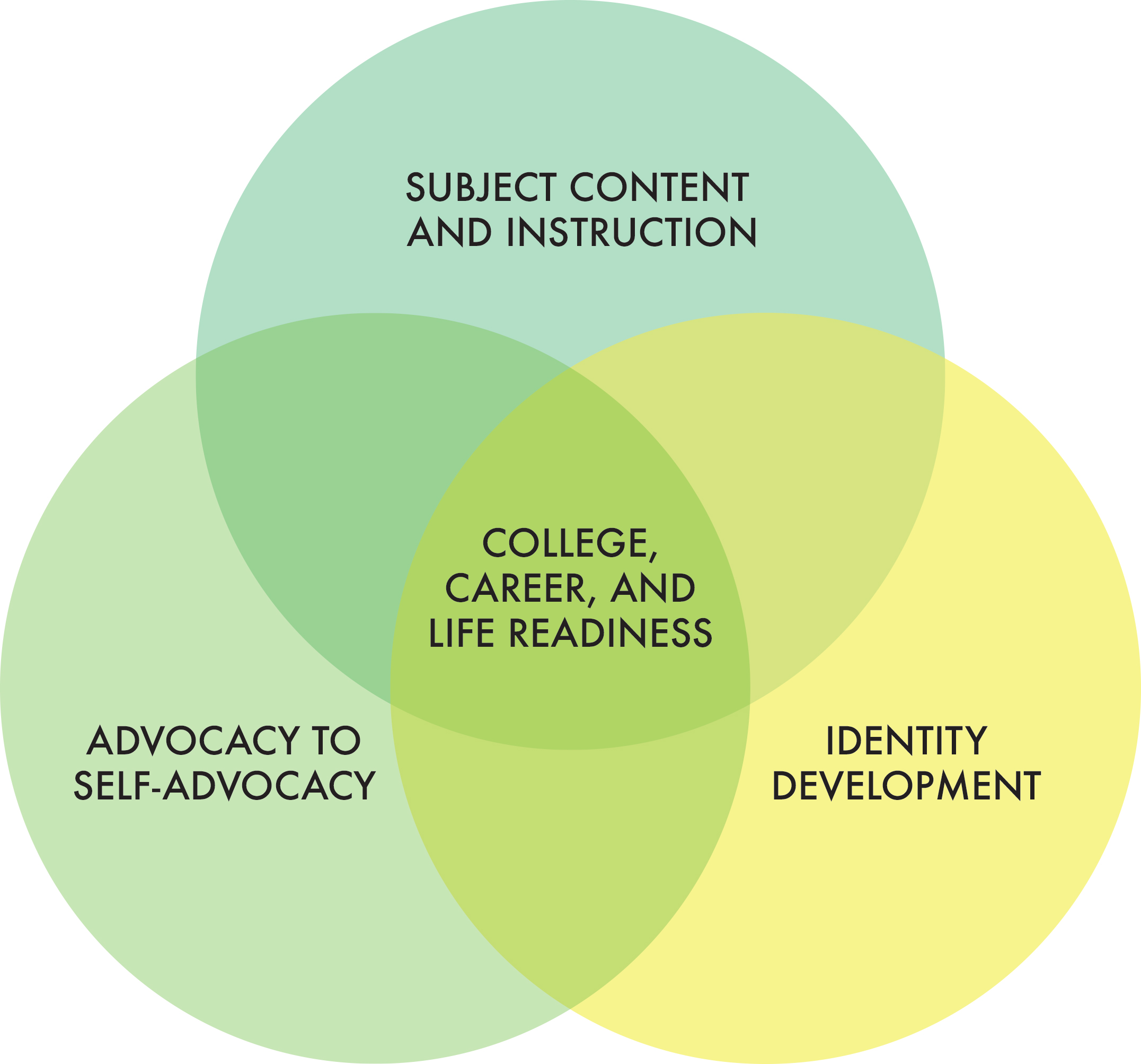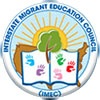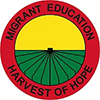
New York State Migrant Education Program
The New York State Migrant Education Program (NYS-MEP) is a federally funded supplemental program that supports the implementation of educational and support services for migratory children and their families in the State. The goals of the NYS-MEP are to support migratory children in addressing educational disruption, cultural and language barriers, social isolation, health problems, food insecurity, homelessness, poverty, and other factors that inhibit such migratory children from doing well in school and making the transition to postsecondary education or employment.
Migrant Education Tutorial and Support Services (METS) Program Centers
There are eight regional METS Program Centers in New York State, charged with providing direct educational programs and services to migrant children at homes and in schools. They also link migrant families with necessary academic, social, and health services and provide direct services to migrant families in the areas of academic assistance, advocacy, coordination with schools and community agencies, and other outreach activities. Use the interactive map or the METS page to find contact information for the Program Center that serves your county.
Legislative Mandate
The Elementary and Secondary Education Act (ESEA) of 1965, as amended by the Every Student Succeeds Act (ESSA) of 2015, requires the State Education Department (SED) to identify and address the unique educational and supportive needs of migratory children and their families. This is based primarily on the implementation of a statewide Comprehensive Needs Assessment (CNA) every three years and the development of strategies as evidenced in the State Migrant Service Delivery Plan (SDP) in response to such needs, as a condition for receiving federal funding under Title I, Part C – Education of Migratory Children.
NYS-MEP Video
This 16-minute video helps describe the who, what, when, where, and how of the NYS-MEP and is meant to inspire collaboration and support with schools, school districts, and community partners. Our heartfelt gratitude goes out to all the students, parents, educators, and directors who agreed to be interviewed and filmed. The interviews and scenes from each location show and tell the story of the New York State Migrant Education Program (NYS-MEP).
The New York State Migrant Education Program (NYS-MEP) conducted a statewide Comprehensive Needs Assessment (CNA) in PY 2013-14, updated it in PY 2015-16, and again in PY 2018-19. It identified the concerns and needs of migrant students in New York State and gathered input on evidence-based strategies and solutions from a broad-based group of stakeholders, including non-MEP personnel, parents of migrant students, and other stakeholders who are providing technical assistance and support to the MEP as well as migratory children and families.
The CNA process is designed to be ongoing, with annual data updates and trend analyses, with a formal statewide CNA every three years. This serves as the foundation for the continual improvement cycle for the development and revision of the State Migrant Service Delivery Plan (SDP) in response to new or emerging needs.
Each CNA process begins with preparation of the Migrant Student Profile – a report that analyzes the most recent migratory student data, continues with meetings of the CNA/SDP Stakeholder Committee and subsequent collection and analyses of data on the needs of migrant student and their families, and informs the development and implementation of the next iteration of the SDP. The collaborative and consultative stakeholder process is designed to meet legislative requirements under Title I, Part C and to be responsive to the unique needs of migratory children and their families.
The New York State Migrant Education Program (NYS-MEP) adopts an integrated and holistic approach to providing academic and social supports to ensure that migrant children and youth are college-, career-, and life-ready. The NYS-MEP utilizes a multifaceted and interdependent approach of subject content and instruction, advocacy to self-advocacy, and positive identity development that is grounded in the trusting migrant educator-student-parent relationship. The integration of these key areas creates a research informed Theory of Action (ToA) that allows Migrant Educators and Recruiters to respond to individual situations based on a common framework and shared goals and connects all aspects of our organizational processes to ensure program success.
The Service Delivery Plan (SDP) describes the nature, extent and scope of migrant education programs and services, and outlines the goals, outcomes, activities, and systems of accountability that are aimed at increasing the academic achievement of all migrant children, including Priority for Service (PFS) students, preschool migratory children, and out-of-school youth. These programs and services are at a level of quality and intensity commensurate with the the needs of the children and families being served and the capacity and resources of the individual Migrant Education Tutorial and Support Services (METS) program centers.
The NYS-MEP recognizes that raising and educating the next generation of migratory children and youth is a shared responsibility. The SDP outlines parent and family education, engagement, and involvement activities which seek to bring families, communities, and schools together to better address the academic, emotional, and social needs of all migratory students.
The SDP further recognizes that the proper and timely identification and recruitment of eligible migrant students are critical to the implementation of the NYS-MEP. The plan outlines the policies and procedures that will be implemented to effectively and efficiently identify and recruit all eligible migratory children residing in New York State, especially those designated as Priority for Services (PFS).
Click here to view the full State Migrant Education Draft Service Delivery Plan (SDP) for 2022-2025.
The NYS-MEP uses data from MIS2000 and the MSIX student data management systems, and information from the child’s school during the needs assessment process to identify students who are “failing” or “at risk of failing.” The Qualifying Arrival Date (QAD) from the student’s Certificate of Eligibility (COE) is used to identify the students with a qualifying move within the previous 1-year period.
In accordance with ESEA Section 1304(d), the New York State Migrant Education Program (NYS-MEP) and its component Migrant Education Tutorial and Support Services (METS) program centers must give Priority of Services to migratory children who have made a qualifying move within the previous 1-year (12 month) period and who are failing, or most at risk of failing, to meet the challenging State academic standards; or have dropped out of school.
Under ESSA section 1309, a qualifying move refers to a move by a migrant student accompanied by the migratory agricultural worker due to economic necessity (a) from one residence to another residence, and (b) from one school district to another school district.
Key factors that are considered by the NYS-MEP program in determining “failing” or “at risk of failing” include the following:
- Failed State Test(s)
- Limited English proficiency;
- Below modal grade (i.e., the student is older than the typical student in that grade);
- Retention in grade;
- Credit Deficiency in grades 9-12; and
- Low academic grades
Migrant students face multiple risk factors, such as cultural and language barriers, educational disruptions, social isolation, high mobility and health-related problems that impact their ability to be successful. Working in partnership with parents, schools, and the community-at-large, the New York State Migrant Education Program (NYS-MEP) adopts a holistic approach which addresses each student as a whole person in order to better respond to the myriad and complexity of needs that our migrant students possess.
To do this, the NYS-MEP has developed and implemented a Theory of Action (TOA) which serves to clarify and amplify strategies for change in order to increase migrant student achievement. The TOA identifies three interdependent focus areas that are essential to supporting migrant children and their families. These focus areas are:
1. Subject Content and Instruction
2. Advocacy to Self-Advocacy
3. Identity Development
These interdependent focus areas serve as the basis of/for NYS-MEP’s fundamental competencies, both from the perspective of migrant children and their families as well as Migrant Educators and Recruiters. It is aligned with the realities within the NYS-MEP and seeks to connect strategies to the actions and relationships crucial to improving programs and services to ensure student learning and success. The focus areas serve to connect the goals and objectives in terms of student achievement to specific strategies and outcome measures that lead to college-, career-, and life-readiness.
Click here to view the whole Theory of Action.

The New York State Migrant Education Program is affiliated with the following national organizations:
United States Department of Education: Office of Elementary and Secondary Education
The mission of the Office of Elementary and Secondary Education (OESE) is to empower States, districts, and other organizations to meet the diverse needs of every student by providing leadership, technical assistance, and financial support.
Office of Migrant Education
The Office of Migrant Education (OME) is part of the Office of Elementary and Secondary Education at the United States Department of Education, and provides federal oversight and technical assistance to the states that operate the Migrant Education Programs. These funds support high quality educational programs for migratory children and help ensure that migratory children who move among the states are not penalized in any manner by disparities among states in curriculum, graduation requirements, or state academic content and student academic achievement standards. The U.S. Department of Education Spotlights the Migrant Education Program – Watch Video.
Interstate Migrant Education Council (IMEC)
The Interstate Migrant Education Council is the premiere organization representing and advocating on behalf of our nation’s migrant children so that they may have a better future.
National Association of State Directors of Migrant Education (NASDME)
NASDME is the professional organization of state officials charged with the effective and productive management of supplemental programs that help migrant children succeed in school.
Instructional Services for OSY and Secondary Youth (iSOSY)
The Instructional Services for Out-of-school and Secondary Youth (iSOSY) is a consortium of 18 States that seeks to improve the educational attainment of migratory out-of-school youth (OSY) and secondary youth at-risk of dropping out and experiencing substantial barriers to academic participation such as high mobility with numerous educational interruptions, limited English language skills, homelessness, inflexible work schedules, absence of a parent/guardian, and limited prior schooling.
Identification & Recruitment Consortium (IDRC)
The Identification and Recruitment Consortium (IDRC) is a consortium of 26 States that seeks to improve the proper and timely ID&R of eligible migratory children whose education is interrupted. IDRC will also aim to assist state/local education agencies to develop, promote, and adopt enrollment, placement, and credit accrual policies to meet the unique needs of migratory children.
College Assistance Migrant Program (CAMP)
The College Assistance Migrant Program (CAMP) assists students from migrant and/or seasonal farm working backgrounds in their first-year transition to college by providing academic, financial, and personal support as well as supplemental educational opportunities to help reach their goals at SUNY Oneonta and beyond.
National Center for Farmworker Health, Inc.
The National Center for Farmworker Health (NCFH) is a private, not-for-profit corporation located in Buda, Texas dedicated to improving the health status of farmworker families. We provide information services, training and technical assistance, and a variety of products to community and migrant health centers nationwide, as well as organizations, universities, researchers and individuals involved in farmworker health.








